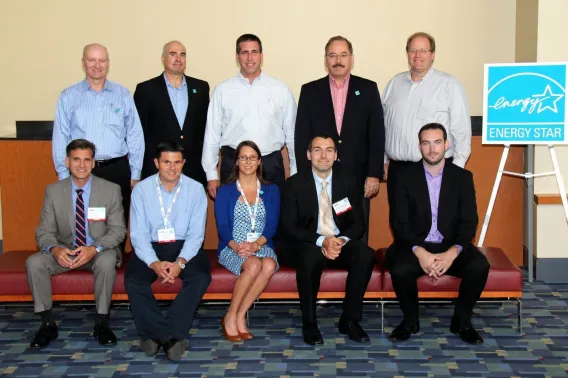ENERGY STAR Focus on Energy Efficiency in Pharmaceutical Manufacturing
The “pharmaceutical manufacturing focus” is a partnership between EPA’s ENERGY STAR program and pharmaceutical manufacturing companies to improve energy efficiency within their operations. Tools are available here to help improve manufacturing energy efficiency, save money, and reduce greenhouse gas emissions.

Pharmaceutical producers can get started on a path of saving energy by using the ENERGY STAR Guidelines for Energy Management to build an energy management program, and then work within this pharmaceutical manufacturing focus to learn best practices from the industry. If you are a pharmaceutical producer who wants to get involved in your industry’s efforts to save energy, contact energystrategy@energystar.gov.
Plant energy performance indicator (EPI) tools
Use the ENERGY STAR pharmaceutical plant EPI to assess how efficiently a plant uses energy relative to similar plants in the U.S. ENERGY STAR EPIs provide a 1 - 100 ENERGY STAR score for a quick understanding of how the plant is performing. Plants receiving a score of 75 or higher are eligible to earn ENERGY STAR certification.
For further information on these EPIs, contact Gale Boyd, Duke University at gab7@econ.duke.edu.
To learn more about how EPIs are developed, how to interpret an EPI score, and how to value benchmarking view the Benchmarking Industrial Energy Performance guide.
Plant energy guide
Use the energy guide Energy Efficiency Improvement and Cost Saving Opportunities for the Pharmaceutical Industry to find ways to improve pharmaceutical manufacturing plant energy performance.
